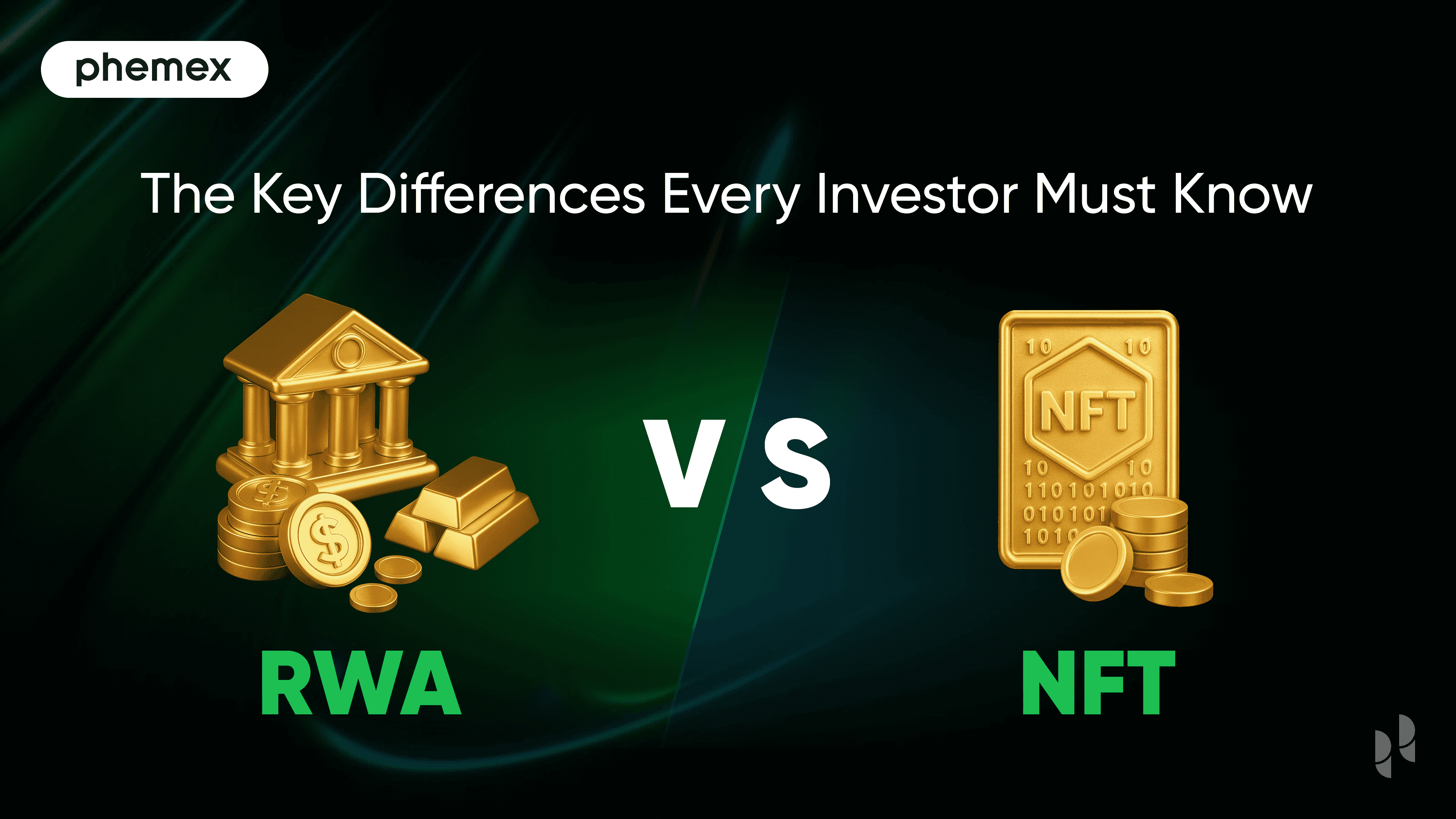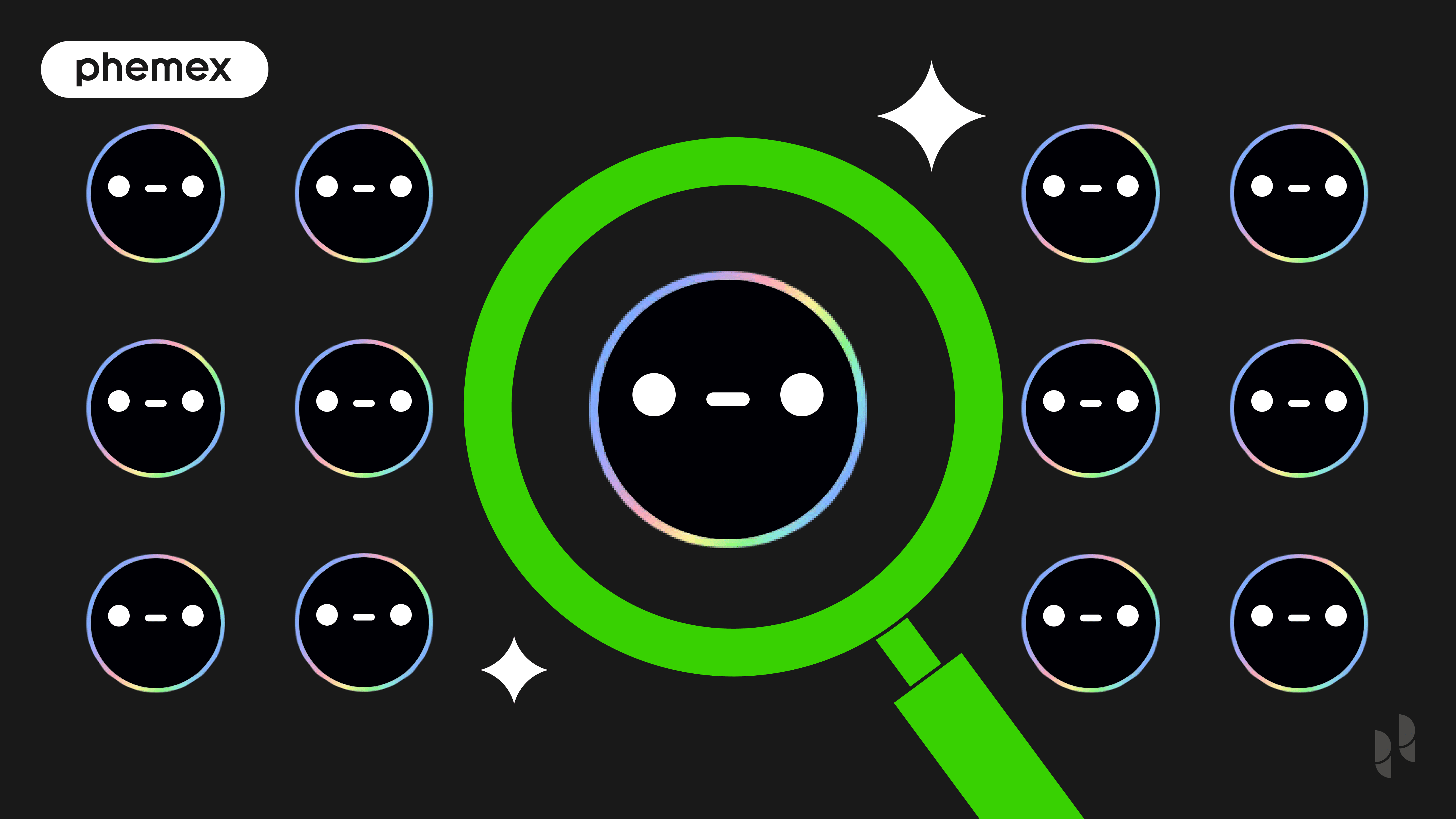Generative Art is a type of digital art that has existed for decades. However, it has recently found a new lease of life in the non-fungible token (NFT) industry. Art Blocks is the first platform to offer on-demand generative art content that is stored on the blockchain. This platform is a massive breakthrough in the NFT markets, and the novelty of the platform has created a lot of buzz. So how does it work, and is it worth investing in Art Blocks’ NFT pieces?

What Are Art Blocks and How Do They Work?
The Art Blocks platform allows artists to upload an algorithm that generates unique art pieces of a specific style, then the artist sets a mint price and cap on the number of pieces for each collection.
If a user sees a particular artwork they like, they can choose to mint one for themselves. First, a random hexadecimal string, called a seed, will be generated. Then, each character in the seed determines an attribute of the artwork while staying true to the style of the artwork collection. For instance, one user may get a red version of the artwork, while another may get more bluish tones based on the color attribute of their randomly generated hexadecimal string. The format of the resulting piece may also vary – it could be a static image, a 3D model, or an interactive experience.
This uncertainty brings an element of surprise into the NFT minting process and gives every collector an equal chance of minting a rare artwork. Some platform users also enjoy the added excitement. However, users should note that they need to install and be connected to Metamask to mint an art piece.
Once minted, the artwork is represented on the Ethereum (ETH) network by a standard ERC-721 compatible NFT token. This standard allows users to instantly access the NFT on marketplace platforms such as OpenSea, where they may choose to resell it to other NFT collectors.
Art Blocks takes a commission of 10% from the mint price, and the artist keeps the rest for the initial sale. For secondary sales on NFT marketplaces such as OpenSea, Art Blocks takes a fee of 2.5% from the sale price while artists get a 5% royalty. This is an attractive feature for artists as they earn recurring royalties from their artwork, which is unheard of in the analog art world.
What is curated Artblocks?
Art Blocks also has a curated collection of digital artworks, known as Art Blocks Curated. This consists of submissions made by individual artists or collaborations handpicked by the curation board before going live. These curated artworks typically hail from renowned artists that reflect high standards of artistic beauty and technical innovation.
Unlike some other curated NFT art platforms, Art Blocks does not schedule project drops. Collectors can browse existing artwork projects at any time and mint NFTs that will create their unique art pieces.
As an additional perk to artists with curated projects, they can post new projects in the Artist Playground. Although these projects are not part of the official Art Blocks Curated collection, they are highlighted as possible works to explore since these artists have previous projects approved for curation.
A Brief History on Art Blocks
Erick Calderon, or Snowfro, founded Art Blocks in November 2020. According to him, he first got the idea due to a personal experience claiming Cryptopunks in 2017.
Because he had a technical background and understood how smart contracts worked, Snowfro was able to game the system and selectively obtain the rarest available assets at the time, which were the zombies. Snowfro wanted to use generative art to create a system where no one could predict and manipulate the exact type of asset they were going to get. Snowfro also wanted to encrypt the asset’s attributes within the code itself, as he felt it would lend credibility to each unique iteration. This concept of provenance in the variability of the generative output was something that intrigued him.
The novelty of his ideas carries apparent appeal to the masses. Although Art Blocks is a new platform, it has already surpassed $100 million in sales volume from over 9,000 traders in early August 2021.
Its spike in popularity began in March 2021. Several factors may have contributed to this exponential growth, including renowned creator Tyler Hobb’s release of the Fidenza collection and market enthusiasm about other NFTs such as Bored Ape Yacht Club.
Examples of Popular Art Blocks Collections

Chromie Squiggles #1862 on Art Blocks. (Source: NFT Stats)
The first-ever artwork collection to be minted on Art Blocks is the Chromie Squiggle. This was done as a test by the platform’s founder, Eric Calderon, also known as Snowfro.
They are said to “(embody) the soul of the Art Blocks platform.” Snowfro considers each of them his “personal signature as an artist, developer, and tinkerer.” These NFT artworks are currently selling on the secondary market for around 0.12 ETH, almost three times the original mint price of about $235. Now, the artworks are no longer available for public minting and can only be purchased on the secondary market on OpenSea.

Different Traits of Chromie Squiggle Artwork. (Source: One37pm)

Tyler Hobbs Fidenza Art Piece. (Source: TylerxHobbs)
Another popular artwork is by the renowned generative artist Tyler Hobbs. Tyler launched the Fidenza collection on Art Blocks in February 2021, which appealed to a massive group of people. According to Tyler, Fidenza is his “most versatile generative algorithm to date,” with highly flexible core structures that allow enough variety and surprises in each newly minted art piece.
Fidenza is mainly based on a flow field algorithm, allowing Tyler to produce unpredictable, organic curves that never collide or overlap. These features lead to an aesthetically pleasing effect. The collection also utilizes thick, curved rectangles instead of lines that smoothly flow along with these “force fields.” Last but not least, the artwork is assigned various colors based on pre-set probabilistic color palettes.
The types of art pieces that can be minted vary on the factors of “scale,” which refers to the size and thickness of the rectangles, “turbulence,” which refers to the degrees of curvature, color palette, and stroke styles, to name a few. The art collection is trendy, with many of the pieces resold for impressive prices. For example, Fidenza #553 has been resold for about $40,000 worth of ETH. Furthermore, the maximum number of 999 pieces have already been minted, and it is now only possible to get a piece through the secondary market.
How is Art Blocks Different from Other NFT Projects?
Existing NFTs are merely certifications of authenticity and ownership rather than the actual digital asset. The digital asset is usually hosted externally on an InterPlanetary File System (IPFS), a peer-to-peer network for data storage and sharing. Art Blocks is different as its attributes are algorithmically created, and these details are encrypted within the code of the NFT.
The benefit of this is that the digital artwork will be more durable, as its full technical quality is stored and recoverable. This is in contrast to many other NFTs of lower display quality, such as GIFs. If future display screens were to improve to 16K, these GIFs would have to be up-sampled.
What is the Future for Art Blocks?
Art Blocks is hoping to enter the video game arena. Snowfro pitches an idea of using the platform’s NFTs as a form of license to play online games. Once the player has completed the game to a satisfactory level, they may sell the NFT, which grants access to their account. This is currently a common practice in gaming and would be well-facilitated with the use of NFTs.
In terms of its system, Art Blocks has been testing out new auction methods for project drops. This was in response to the emergence of flashbots, which quickly acquired art pieces without participating in gas wars. Art Blocks hopes to develop a fair and efficient way of managing the ecosystem and purchasing process.
Unintentional use cases have also begun to emerge for Art Blocks. One of them is the utilization of their NFTs as collateral for loans on NFTfi. If a user cannot pay the loan back with interest, they will lose the NFT to the lender.
Users are also fractionalizing NFTs to trade just portions of the full NFT. This can be done through third parties such as Fractional.art, allowing them to get in on profitable trades without needing a large number of resources.
During an interview, Snowfro was also asked if Art Blocks plans to create a native token soon. According to his response, Art Blocks will not be launching a token anytime any time soon. However, given the rapid changes of the NFT market and the Art Blocks platform, they have not ruled out the possibility of a token in the future.
Conclusion
If you are interested in the world of NFTs, Art Blocks may appeal to you as a great platform to use. Its use of algorithms for generative art gives it a unique edge against other NFTs. Art Blocks also offers the additional draw of an element of surprise and a consequent sense of ownership towards the art piece that was uniquely minted for you. Whether you are a collector, a trader looking to profit from NFTs, or an artist looking to dabble into generative art, the platform has enormous utility and potential.
Read More
- What Are Non-Fungible Tokens (NFTs): Introduction to NFTs
- What are Metaverse NFTs: The Launchpad for the Digital World’s Economy?
- What is Blockchain Technology: The Biggest Misconception About It
- Blockchain Analytics: 11 Free Crypto Research Tools You Need
- What is Rarible: A DAO for NFTs
- What is SuperRare: Boosting the Creator Economy with NFTs
- What is OpenSea: The Peer-To-Peer NFT Marketplace
- What are CryptoPunks: One of the First NFTs on Ethereum








